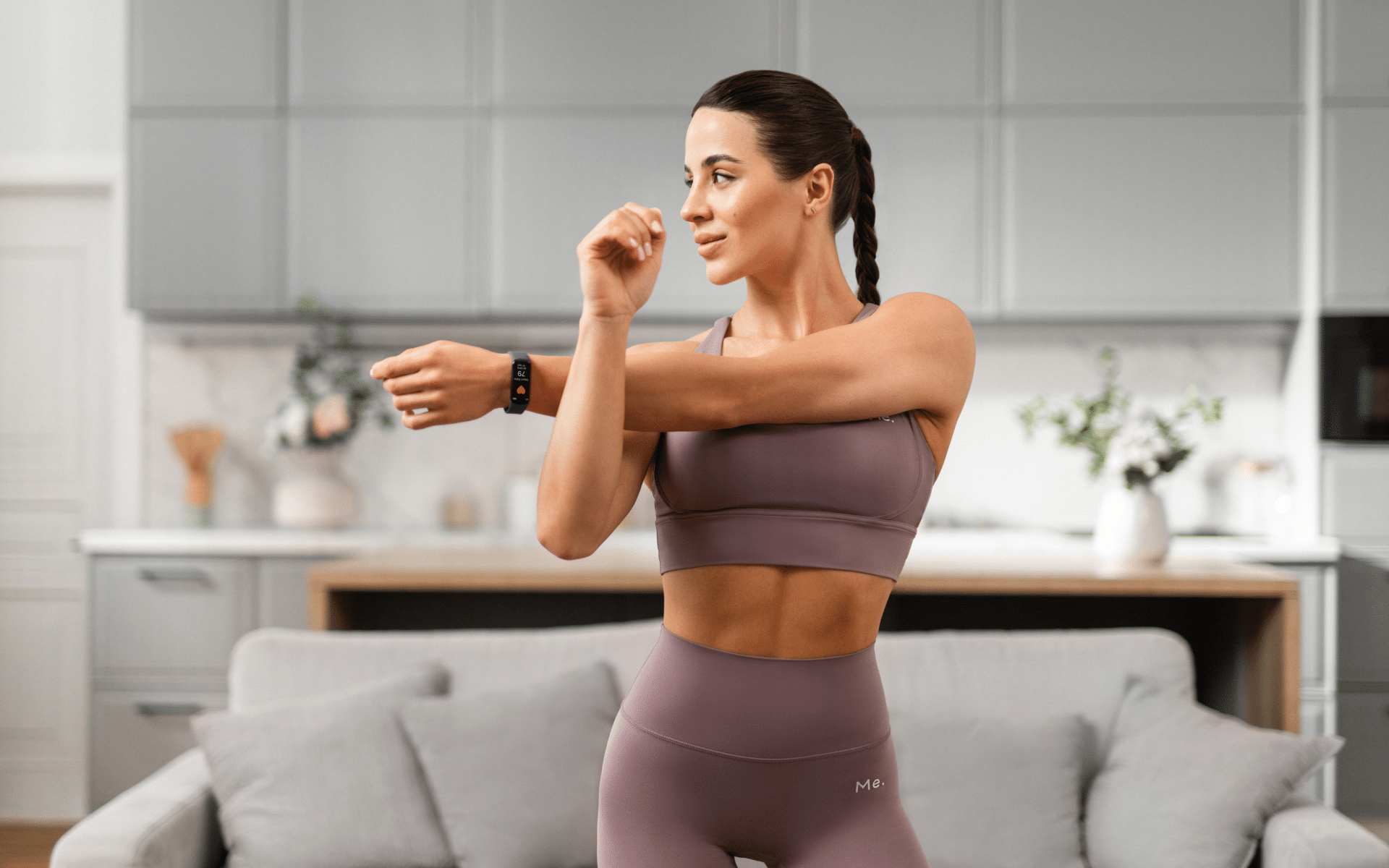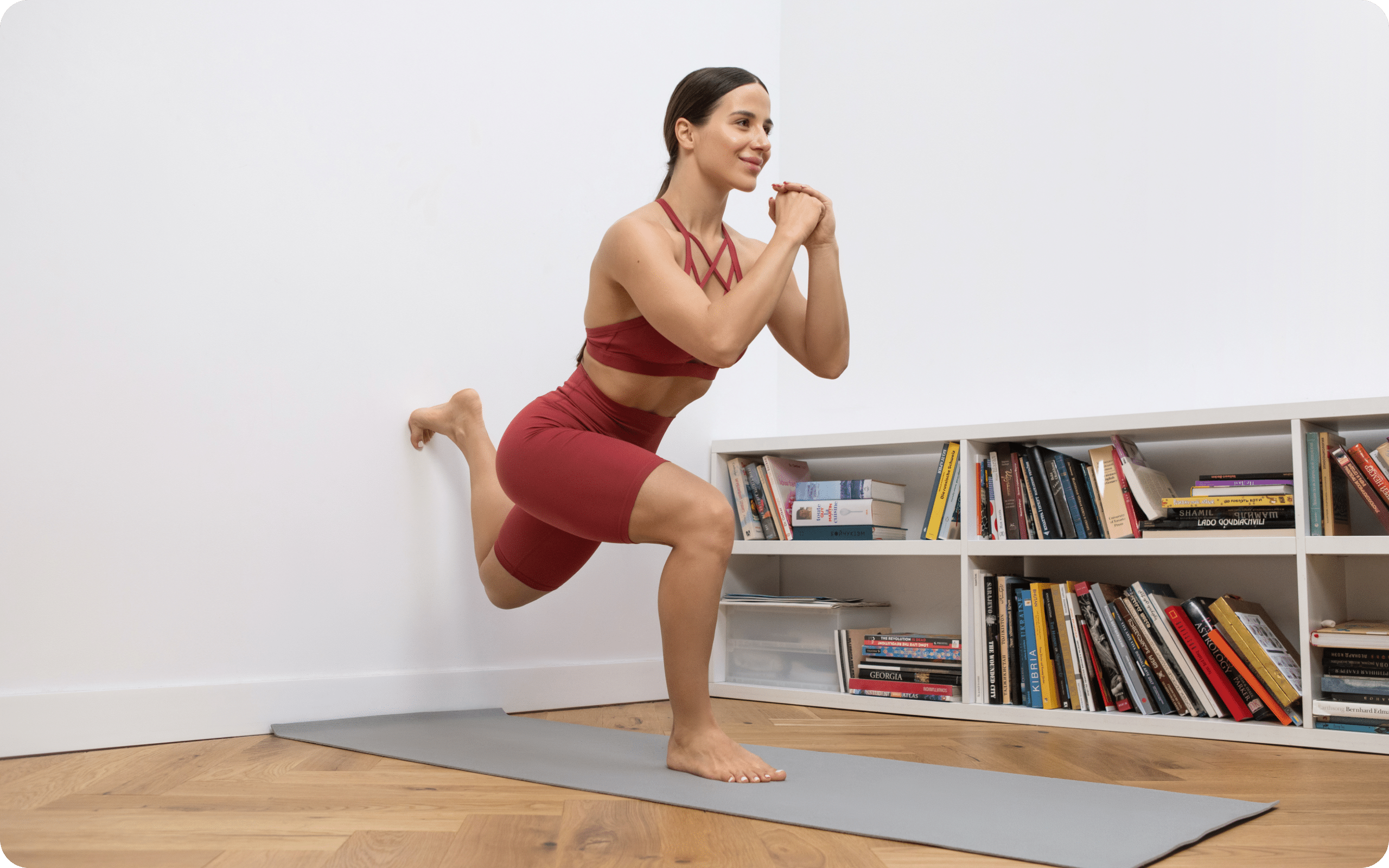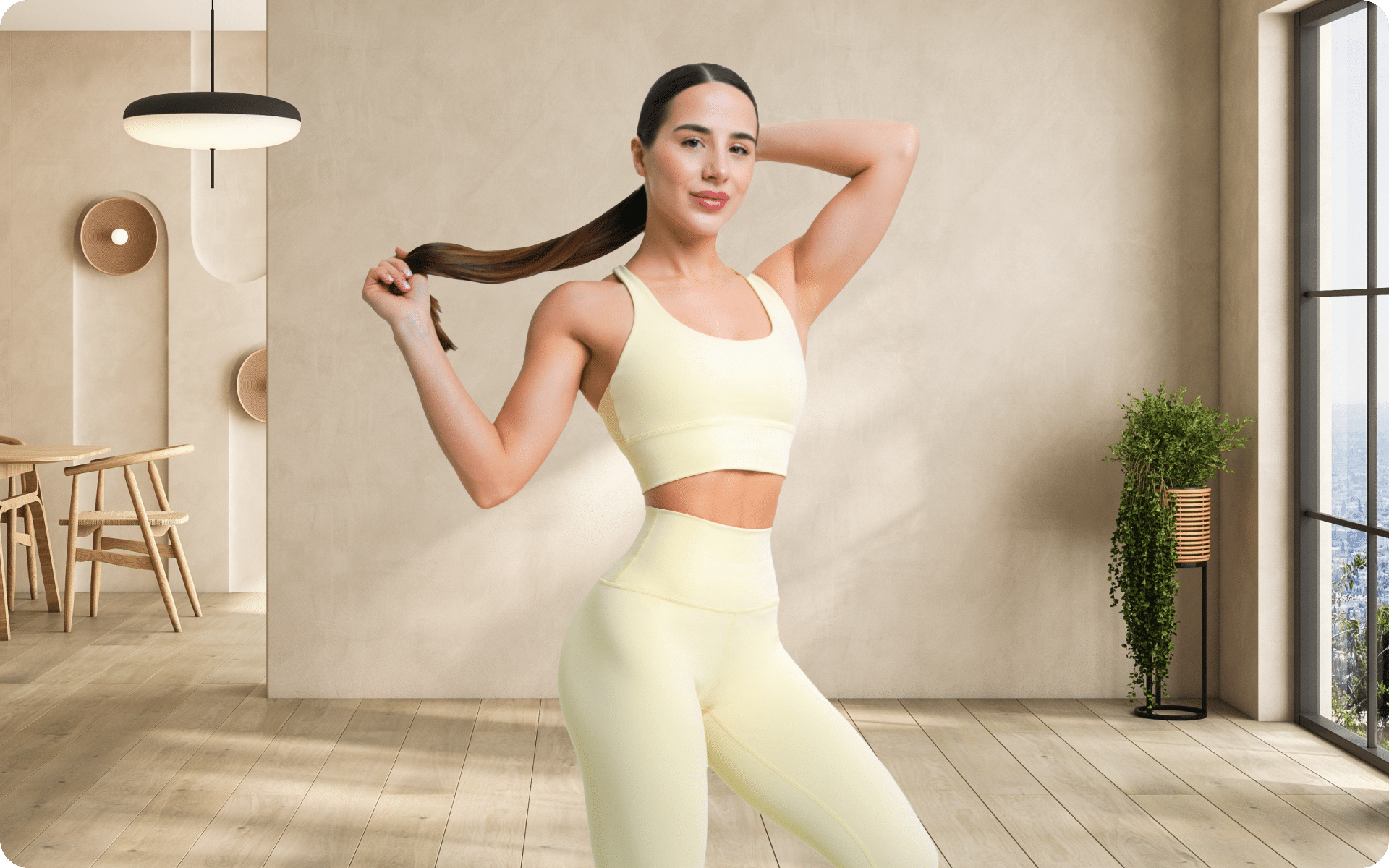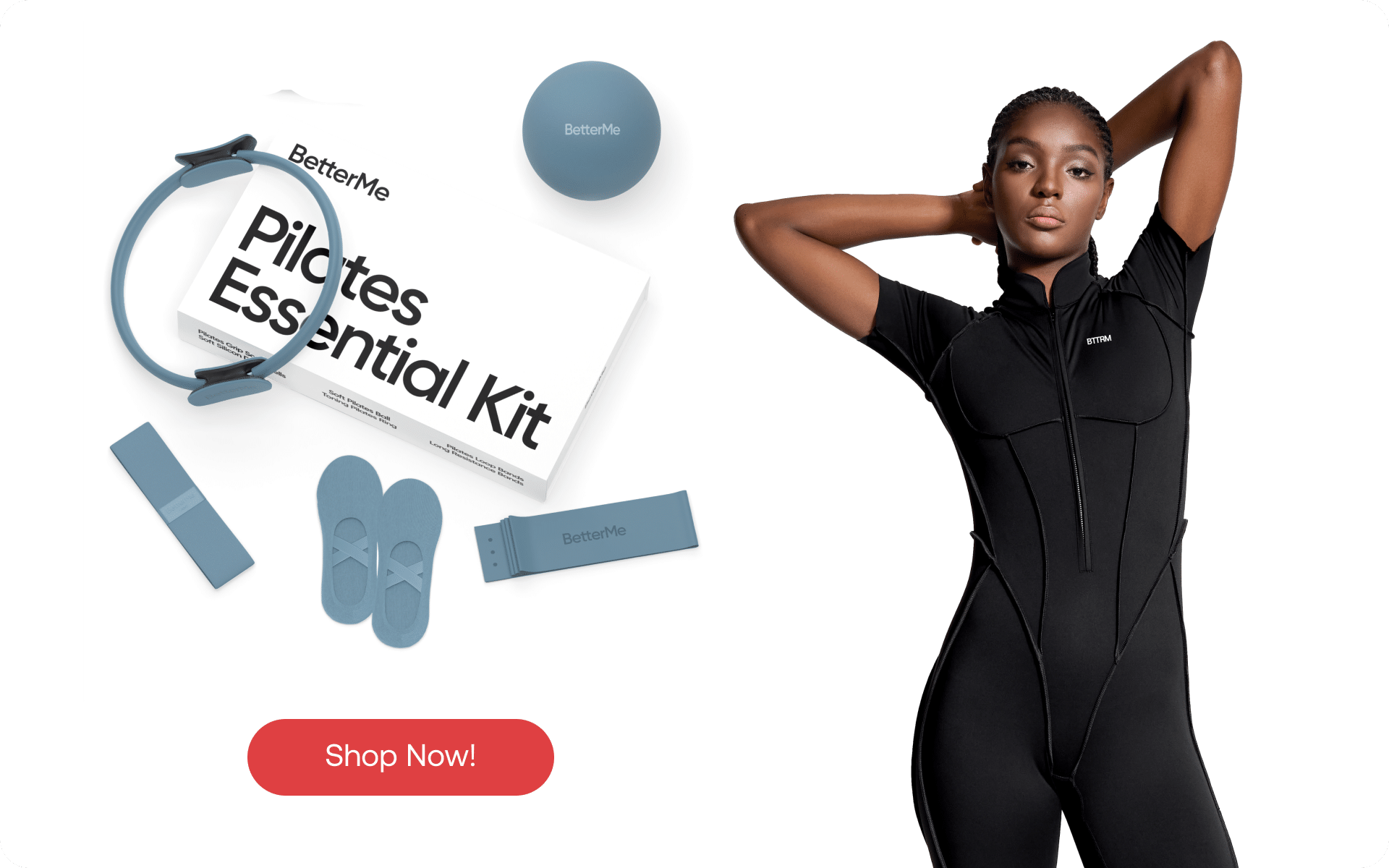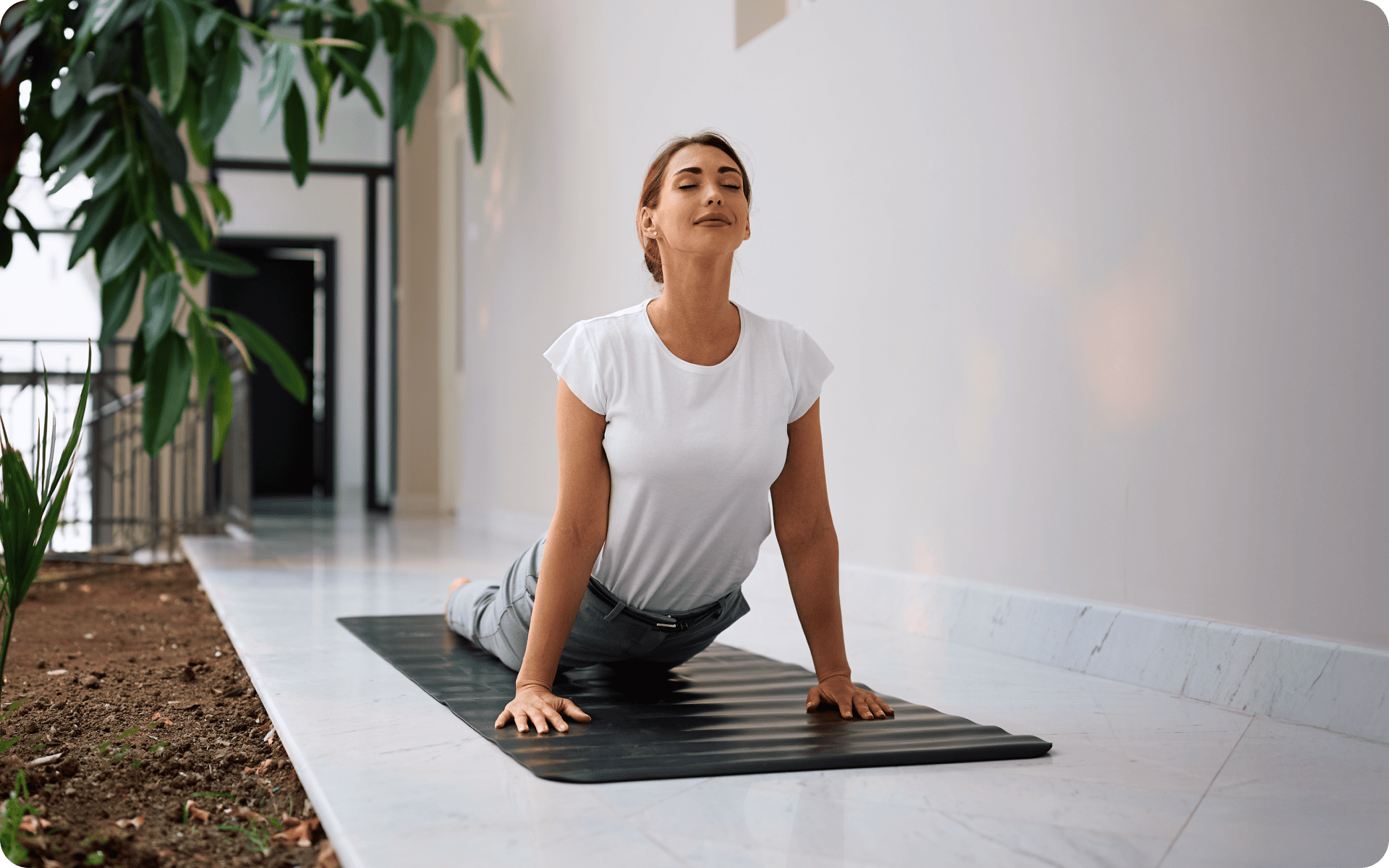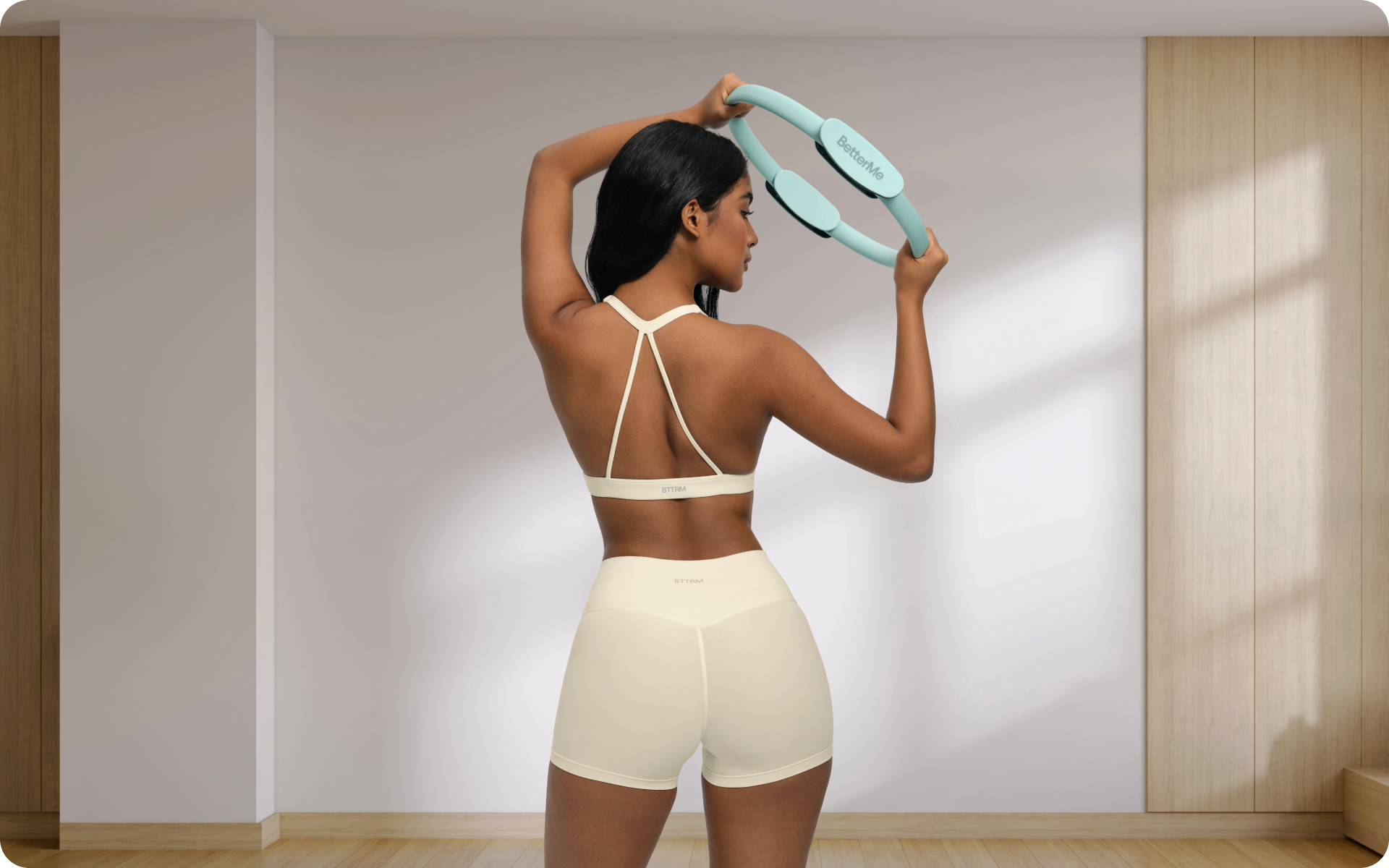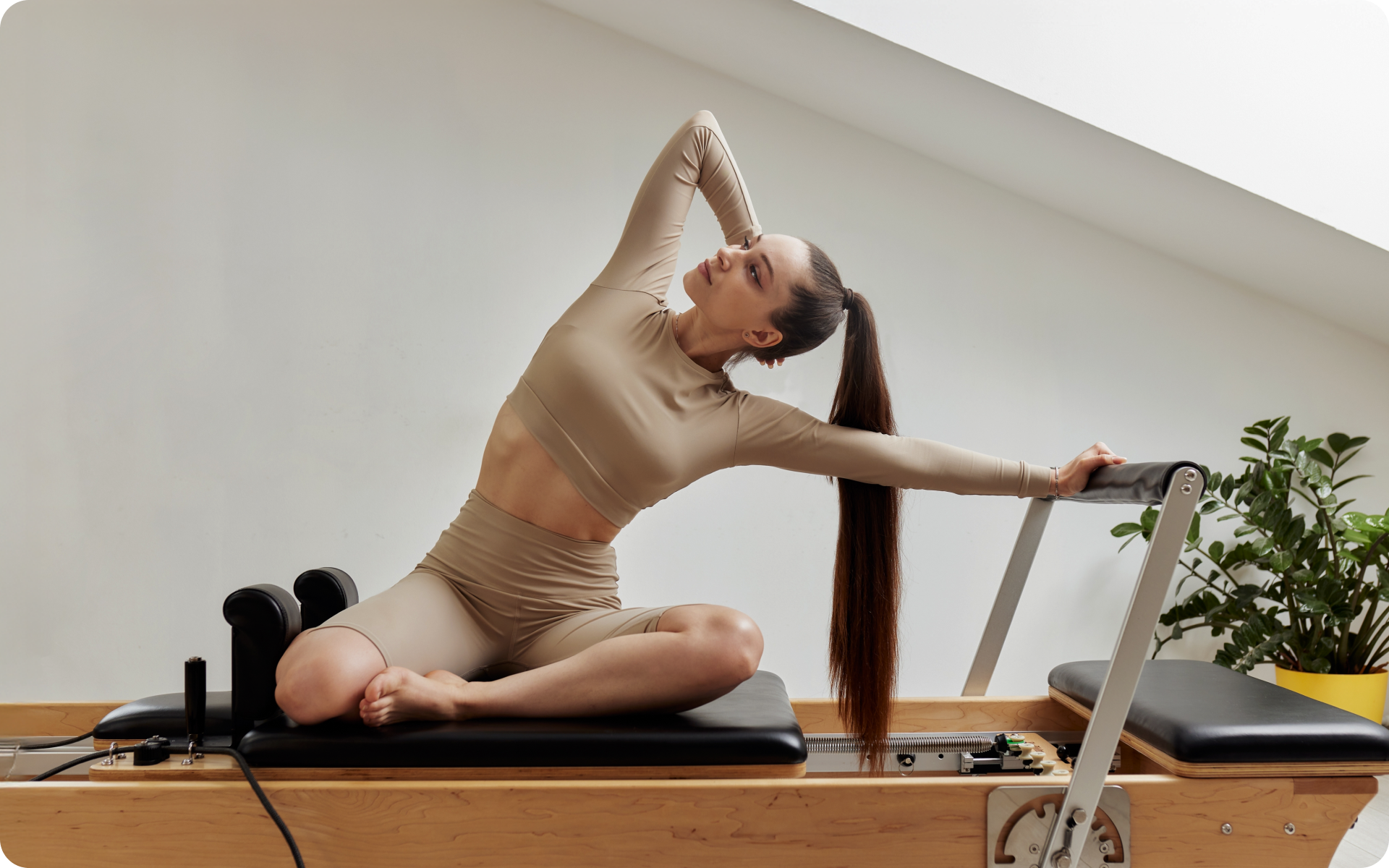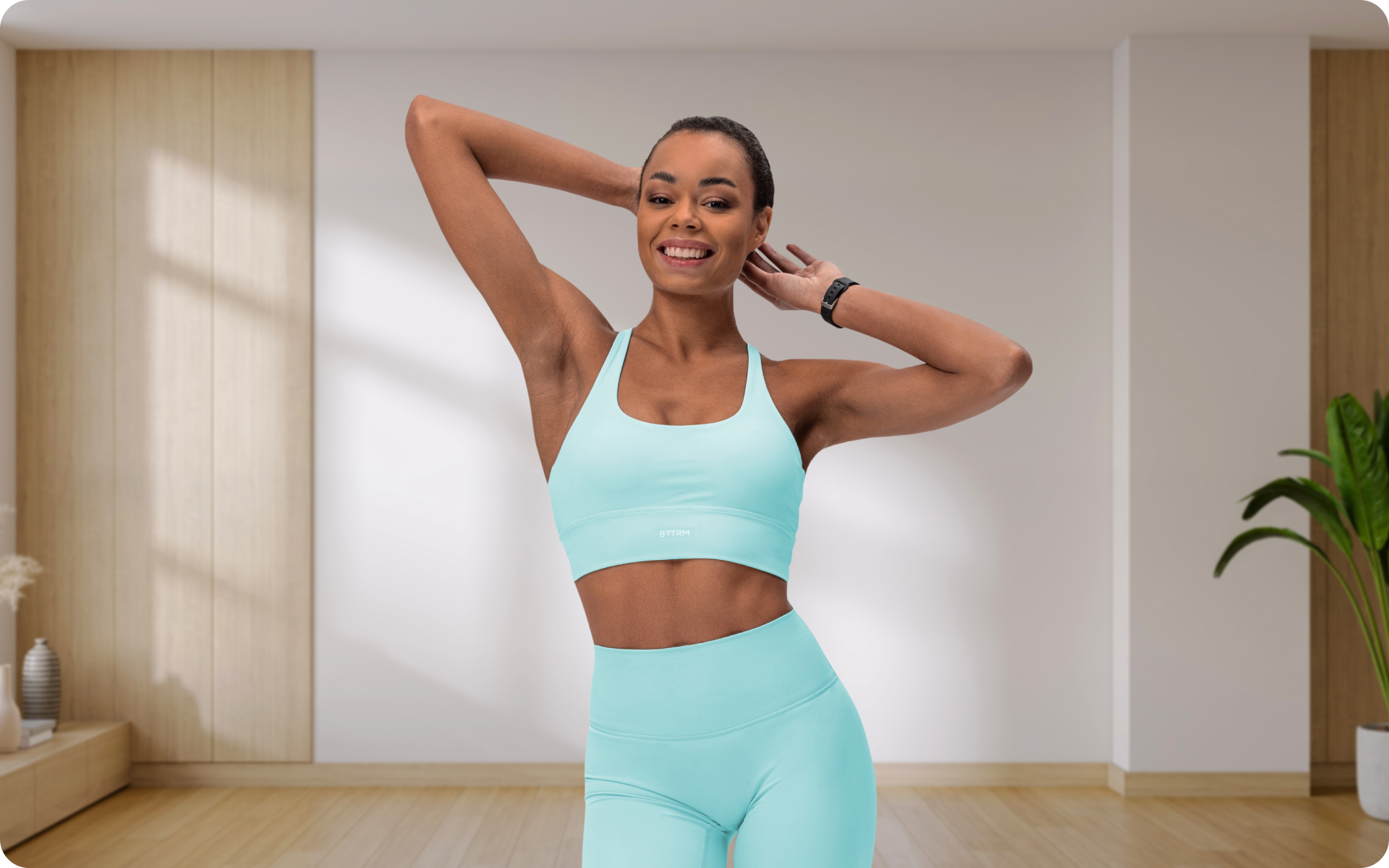Joseph Pilates was a sickly child who was determined to find a way to improve his health and build his strength. He studied Eastern and Western forms of exercise, including yoga, and eventually created his own system of exercises, which he called “Contrology.” This system of exercises (which we now refer to as Pilates) uses controlled movements to improve physical strength, flexibility, and posture. The exercises are done on a mat or with special equipment, and they can be adapted for different levels of fitness. Wall Pilates, for example, is adapted for use on a wall, and it can be done with or without equipment. The wall provides support and resistance, which can help you get a better workout. Understandably, when you first start practicing wall Pilates, you may have some questions. Here, we’ve compiled a list of frequently asked questions (and their answers!) to help you get started on your Pilates journey.
What Is Wall Pilates?
Wall Pilates is a type of exercise that uses your body weight and a wall to create resistance. It is similar to traditional pilates, but the wall provides an extra level of support and stability. Wall Pilates can be done with or without equipment, making it a versatile workout for people of all fitness levels (2).
Who Can Do Wall Pilates?
Wall Pilates is suitable for people of all ages and fitness levels. However, it is more beneficial for the following groups of people:
- Those who are new to exercise: The extra support and stability provided by the wall can help you ease into an exercise routine.
- Those who have back pain: The wall can help support your back while you exercise, which may help reduce pain.
- Those who are pregnant: Wall Pilates is a gentler form of exercise that can help you stay fit during pregnancy.
- Senior adults who have limited mobility: The wall can help you maintain your balance while exercising.
- Those in rehab: Wall Pilates can help you regain strength and mobility after an injury or surgery.
What Are The Benefits Of Wall Pilates?
Wall Pilates offers the same benefits as traditional Pilates (1), including:
- Improved muscle strength and tone
- Increased flexibility
- Improved posture
- Improved breathing
- Decreased stress level
- Increased energy levels
- Improved concentration and focus
- Better quality of sleep
- Boosted immune system
In addition, using the wall offers unique advantages that one may not experience with the traditional practice:
- It is low-impact: The wall takes some of the weight off your joints, making it a good choice for people with joint pain or those who are new to exercise
- It is adaptable: The wall can be used to provide extra support or resistance, making the workout suitable for people of all fitness levels.
- It is convenient: Wall Pilates can be done at home with minimal equipment, making it a convenient workout for busy people.
Is Wall Pilates Cardiovascular Workout?
Initially, no. Wall Pilates focuses on slow, controlled movements to improve muscle strength and flexibility (2). However, you can increase the heart rate by adding more challenging exercises or by holding the positions for longer periods of time. This is after you’ve mastered the basic movements and no longer need the extra support of the wall.
Read More: Wall Pilates For Beginners: Your Complete Guide To Get Started
Will Wall Pilates Make Me Lose Weight?
Wall Pilates is not as efficient for weight loss as some other forms of exercise, such as running or cycling. However, it can help you prepare for and recover from other forms of exercise in the following ways:
- Increase flexibility to reduce the risk of injury
- Improve posture and alignment to increase efficiency and prevent pain
- De-stress and relax the mind and body
- Build muscle strength to better support your joints
- Energize the body for other forms of exercise
Which Muscles Does Pilates Work?
Wall Pilates works all the major muscle groups in the body (2). It is a full body workout that recruits the muscles of the arms, chest, back, core, and legs. In addition, wall Pilates can help tone the muscles of the shoulders, neck, and hips.
At first, wall Pilates mostly recruits the superficial muscles. These are the muscles that you can see and feel, such as the biceps and quadriceps. As you progress, you will start engaging the deeper muscles of the body, such as the stabilizing muscles of the core.
Can I Do Wall Pilates Every Day?
Yes, you can do wall Pilates every day if you want to. However, it is important to listen to your body and take a break when you’re feeling tired or sore. It is also a good idea to mix up your routine by adding other types of exercise, such as cardiovascular activities or strength training. This will help avoid boredom and keep your body challenged.
How Long Should I Do Wall Pilates?
There is no set time for how long you should do wall Pilates. You can do it for as long or as short as you like, depending on your fitness level and goals. However, most people spend 30-60 minutes doing wall Pilates, 3-5 times per week.
How Long Does It Take To See Results From Wall Pilates?
You may start to see results from wall Pilates after a few weeks of regular practice. However, it can take longer to see significant changes in your body, depending on your fitness level and goals.
Consistency is key—Joseph Pilates was quoted as saying, “In 10 sessions you will feel the difference, in 20 you will see the difference, and in 30 you will have a whole new body.” Pilates isn’t a quick fix, stick with it and give yourself some time to see results.
Is Wall Pilates Safe?
Yes, wall Pilates is safe when performed correctly. It is important to listen to your body and stop if you feel pain or discomfort. You may also want to consult with a doctor or physical therapist before starting on a wall Pilates routine, especially if you have any pre-existing injuries or health conditions.
What Equipment Do I Need For Wall Pilates?
For wall Pilates, all you need is a mat and a wall. However, there are some optional pieces of equipment that you can use to make the workout more challenging, such as resistance bands or dumbbells.
What Are Some Wall Pilates Exercises?
Here are some examples of wall Pilates exercises. (You can find the demonstrations and structured routines for a wall Pilates workout in the BetterMe app):
Supported Roll Down
Target muscle group: Spinal erectors
How to:
- Start by standing with your back against the wall and your feet hip-width apart.
- Place your palms on the wall at shoulder height.
- Slowly roll your spine down the wall, one vertebra at a time, until you are in a seated position.
- Return to standing by pressing into your heels and rolling your spine up the wall.
Wall Squat
Target muscle group: Quadriceps, glutes
How to:
- Start by standing with your back against the wall and your feet shoulder-width apart.
- Bend your knees and lower yourself into a squat position. Make sure your knees are aligned with your toes and that your thighs are parallel to the ground.
- Return to standing by pressing into your heels and extending your legs.
Wall Push-Up
Target muscle group: Pectorals, triceps, anterior deltoids
How to: Start in a push-up position with your hands on the wall at shoulder height. Bend your elbows and lower your body towards the wall. Return to the starting position by pressing into your palms and extending your arms.
Modified Side Leg Lift
Target muscle group: Adductors, abductors
How to:
- Start by standing with your back against the wall and your feet hip-width apart.
- Place your palms on the wall at shoulder height. Lift your right leg out to the side and hold for a few seconds.
- Return to the starting position and repeat on the other side.
Supported Chest Openers
Target muscle group: Pectorals, sternal head of the pectoralis major.
Looking for more Pilates answers? BetterMe fitness app is the source where you can get all the questions concerning Pilates, and much more. Try using the app and see for yourself.
How to:
- Start by standing with your back against the wall and your feet shoulder-width apart.
- Stretch your arms out and place your palms on the wall at shoulder height.
- Open your chest and arms out to the sides, maintaining contact with the wall.
- Return to the starting position and repeat.
How Can Beginners Get The Most From Wall Pilates?
Consistency is key when starting any new fitness routine. To get the most from wall Pilates, aim to do it 3-5 times per week. The BetterMe app has a number of different routines that you can follow, so you can mix things up and avoid boredom.
Consistency not only helps you see results faster, but it also helps to build lasting habits that will keep you motivated in the long-term.Bringing your mind to your workouts is also important.
Be mindful of your breathing and focus on the muscles that you are working. This will help you get the most out of each exercise and avoid injury. You’re more likely to grasp the proper technique and form of each movement this way too.
Last but not least, using a guided app like BetterMe can also be extremely helpful, especially when you’re starting out. The app will provide you with step-by-step instructions and video demonstrations to make sure you are doing each exercise correctly. It’s a great way to ensure that you are getting the most from your wall Pilates workouts.
Will My Body Be Sore After Doing Wall Pilates?
Soreness is normal after any type of exercise, including wall Pilates. The soreness is caused by microscopic tears in the muscles that occur during the workout. These tears are necessary for muscle growth, but they can cause discomfort in the days afterwards.
To help relieve soreness, you can try:
- Foam rolling
- Stretching
- Taking a hot bath or using a heating pad
- Drinking plenty of water
- Getting enough sleep
If the soreness is severe or lasts more than a few days, you may be overtraining. In this case, it’s important to take a few days off from exercise to allow your body to recover.
What Is A Typical Wall Pilates Workout Like?
A typical wall Pilates workout begins with a warm-up to get the muscles loose and increase blood flow. This is followed by a series of exercises that target different muscle groups. The workout ends with a cool-down to help prevent injuries and promote recovery. The entire routine lasts 30-60 minutes.
Warm-Up
Start by walking in place or doing a light jog for 5 minutes. Then, do some dynamic stretches like arm circles and leg swings.
Workout
After the warm-up, it’s time to start the workout. The exercises will vary depending on your fitness level, but they may include movements like chest openers, modified side leg lifts, and tricep dips. Aim to do each exercise for 30-60 seconds.
Read More: 20 Wall Pilates Benefits: You’ll Wish You Knew About These Sooner!
Cool-Down
After the workout, it’s important to cool down with some light stretching. This will help your muscles recover and prevent injuries. Hold each stretch for 20-30 seconds.
Is Wall Pilates Hard?
At first, wall Pilates may seem challenging. However, the exercises can be modified to suit your fitness level. As you get stronger and more comfortable with the movements, you can gradually increase the intensity of the workout.
Can I Combine Wall Pilates With Other Types Of Exercise?
Yes, you can definitely combine wall Pilates with other types of exercise. In fact, this can be a great way to mix things up and avoid boredom.
For example, you could do wall Pilates on Monday, Wednesday, and Friday, and then go for a run or do another type of workout on Tuesday and Thursday. Just be sure to listen to your body and take a rest day if you’re feeling sore or fatigued.
The Bottom Line
If you’re new to wall Pilates and have questions about the workout, hopefully, this article has helped to answer some of them. Remember, wall Pilates is a great way to build strength, flexibility, and endurance. Plus, it’s low-impact and can be modified to suit your fitness level. So why not give it a try?
DISCLAIMER:
This article is intended for general informational purposes only and does not serve to address individual circumstances. It is not a substitute for professional advice or help and should not be relied on for making any kind of decision-making. Any action taken as a direct or indirect result of the information in this article is entirely at your own risk and is your sole responsibility.
BetterMe, its content staff, and its medical advisors accept no responsibility for inaccuracies, errors, misstatements, inconsistencies, or omissions and specifically disclaim any liability, loss or risk, personal, professional or otherwise, which may be incurred as a consequence, directly or indirectly, of the use and/or application of any content.
You should always seek the advice of your physician or other qualified health provider with any questions you may have regarding a medical condition or your specific situation. Never disregard professional medical advice or delay seeking it because of BetterMe content. If you suspect or think you may have a medical emergency, call your doctor.
SOURCES:
- Pilates – health benefits (2022, betterhealth.vic.gov.au)
- Pilates: how does it work and who needs it? (2011, nih.gov)

